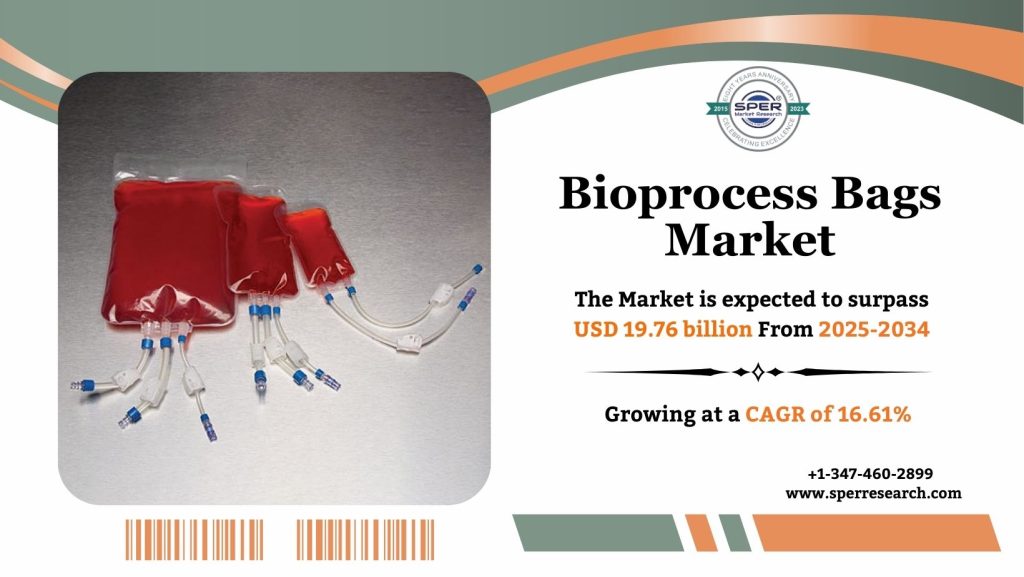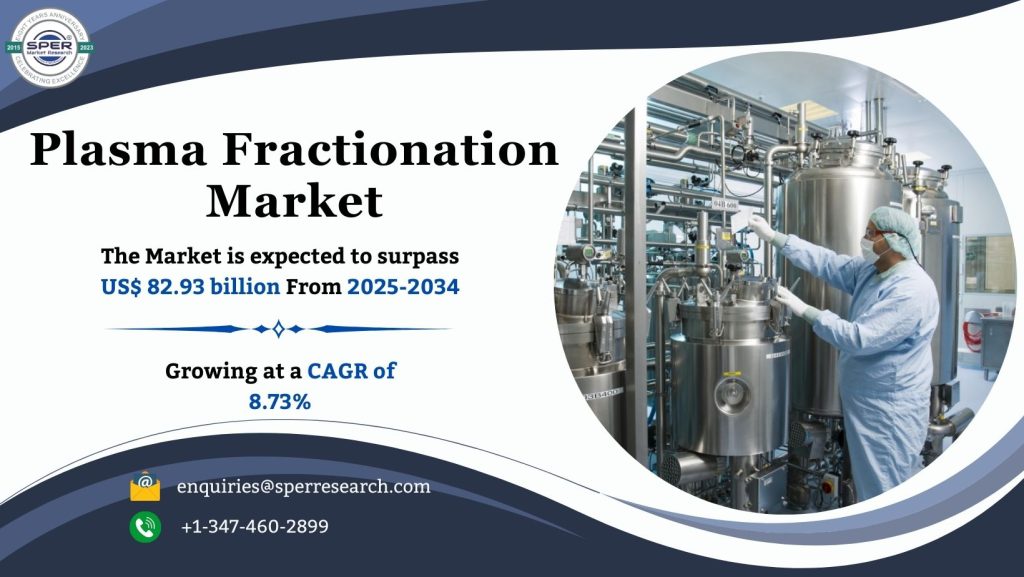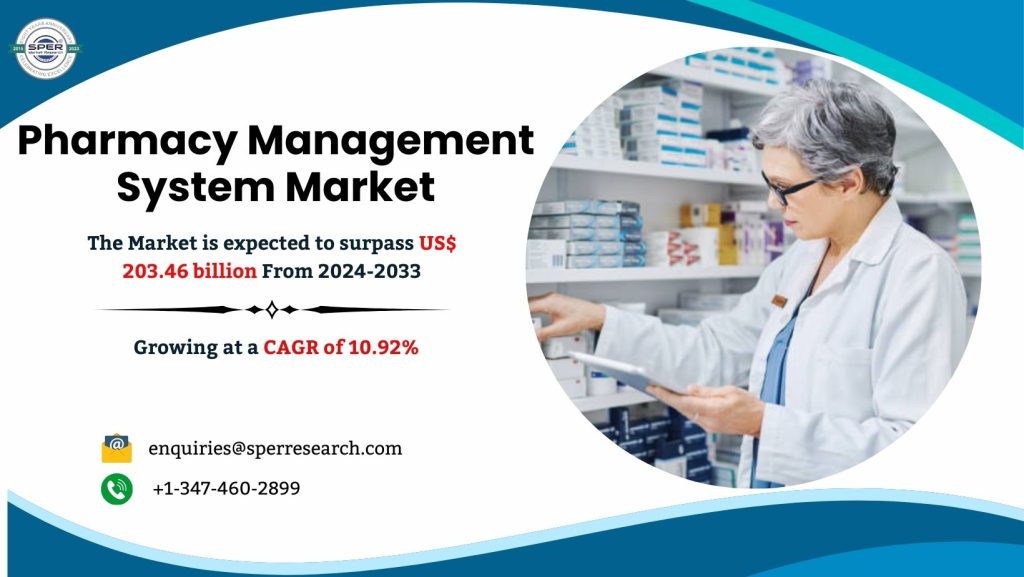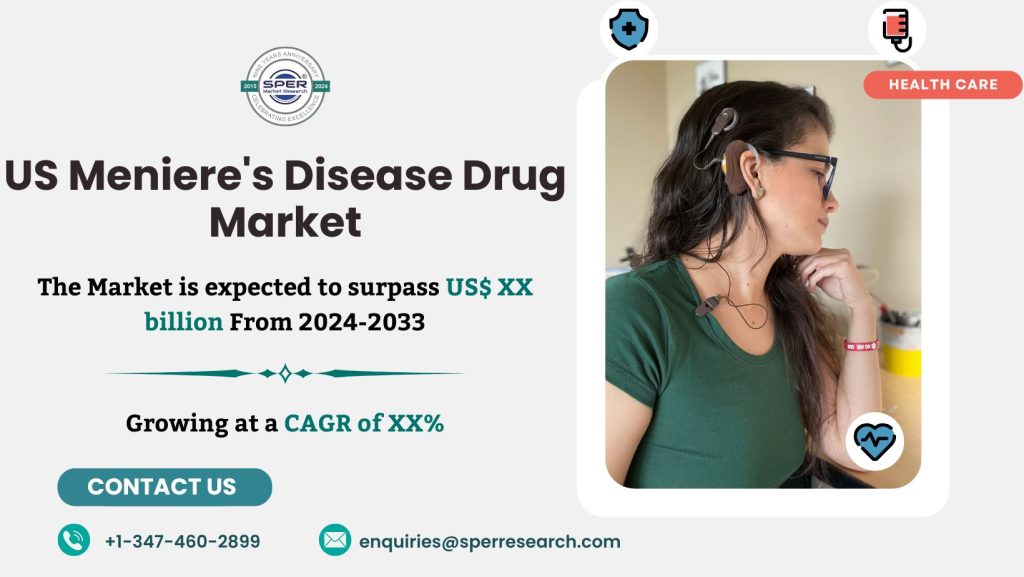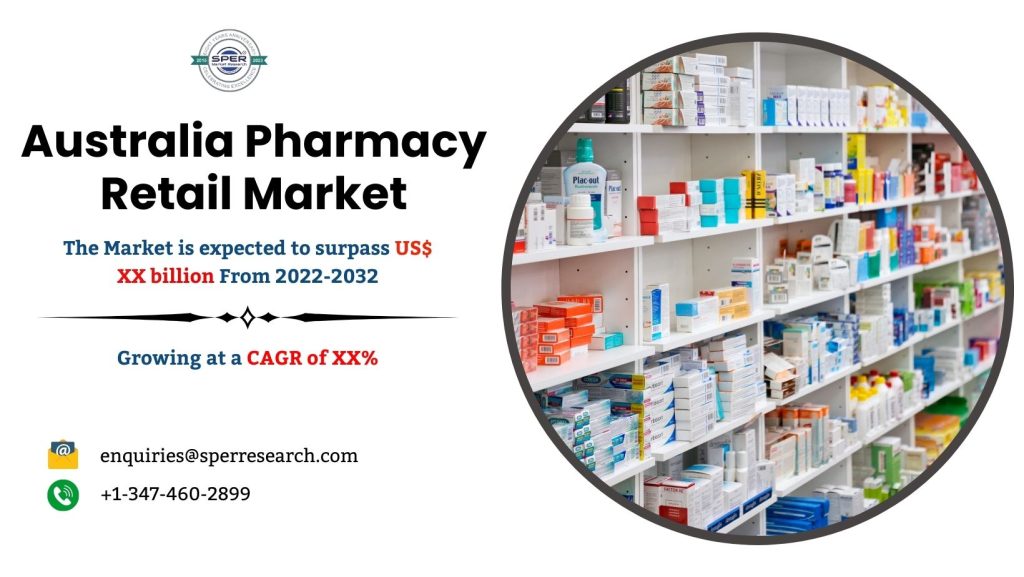Bioprocess bags are special containers that provide a sterile space for cultivating cells or microorganisms. They are used in biopharmaceutical and biotechnology fields to produce biological products. The main types are 2D bioprocess bags, which are flat when empty, and 3D bags. These bags serve various workflows, such as upstream and downstream processes, come in different sizes, and support applications like buffer storage, cell culture, and product holding. They are utilized by pharmaceutical and biotechnology companies, along with academic labs.
According to SPER market research, ‘Global Bioprocess Bags Market Size- By Type, By Workflow, By End User – Regional Outlook, Competitive Strategies and Segment Forecast to 2034’ state that the Global Bioprocess Bags Market is predicted to reach 19.76 billion by 2034 with a CAGR of 16.61%.
Drivers: Bioprocess bags are made from flexible plastic and are designed for the biopharmaceutical manufacturing process. They come in various sizes to meet manufacturer needs. The market for these bags is projected to grow due to increasing demand for biopharmaceuticals, driven by an aging population, chronic diseases, and a preference for personalized medicine.
Additionally, the rise in outsourcing by Contract Manufacturing Organizations (CMOs) and Contract Research Organizations (CROs) is expected to boost the need for bioprocess bags. These organizations provide services to pharmaceutical and biotech companies, leading to greater demand as more firms outsource bioprocessing tasks like production, storage, and transportation of biologics.
Request a Free Sample Report: https://www.sperresearch.com/report-store/bioprocess-bags-market.aspx?sample=1
Restraints: The rising cost of raw materials Bioprocess bags must be made from high-quality materials and sterilized properly. However, these materials are far more expensive than typical plastics, and the sterilization process is costly. Furthermore, variables such as disease outbreaks, border disputes, and other issues may disrupt supply chains, raising raw material prices even further. As a result, the market for bioprocess bags is expected to slow down.
North America bioprocess bags market dominated the global market with a share in 2024. The growing demand for biopharmaceuticals is expected to boost the bioprocess bags market in the region. Factors contributing to this growth include the rising use of single-use bioprocessing technologies and a focus on lowering costs tied to advanced therapies. Moreover, the presence of major biopharmaceutical companies and contract manufacturing organizations (CMOs) in North America increases the need for high-quality bioprocess bags. Some significant market players are Thermo Fisher Scientific Inc, Sartorius AG, Danaher Corporation, Merck KGaA, Saint-Gobain, Corning Incorporated, and others.
For More Information, refer to below link: –
Related Reports:
Follow Us –
LinkedIn | Instagram | Facebook | Twitter
Contact Us:
Sara Lopes, Business Consultant — USA
SPER Market Research
+1–347–460–2899
